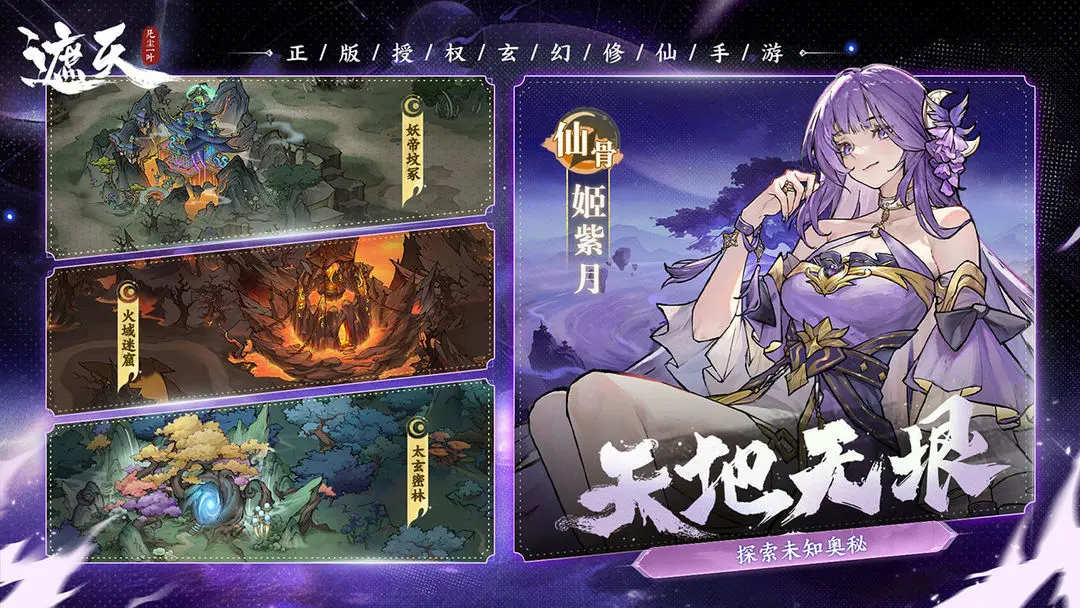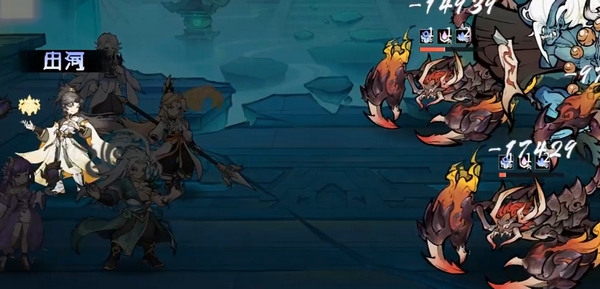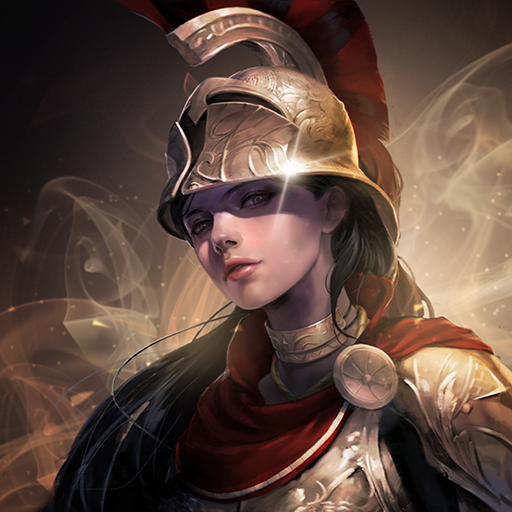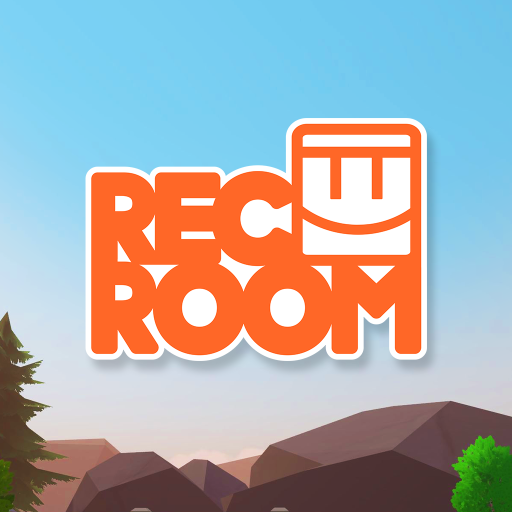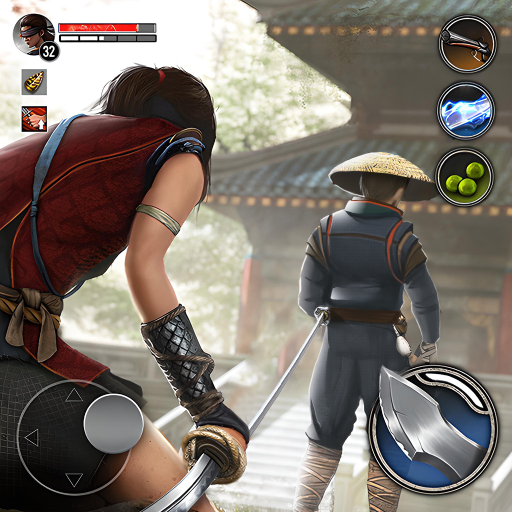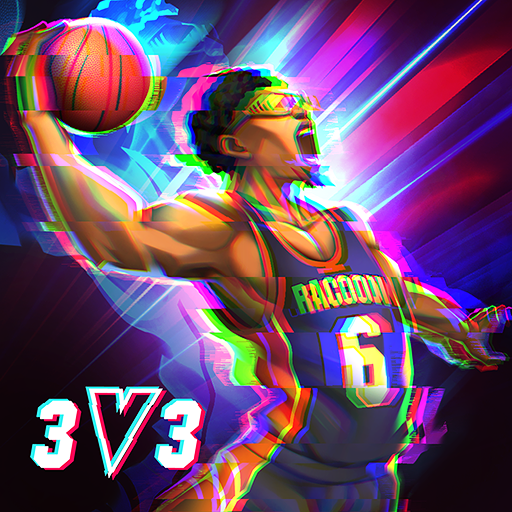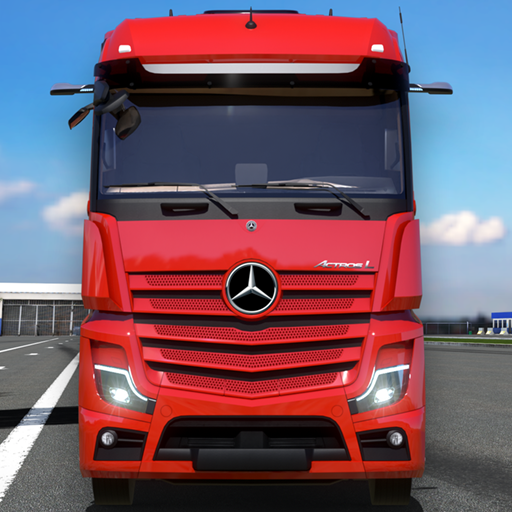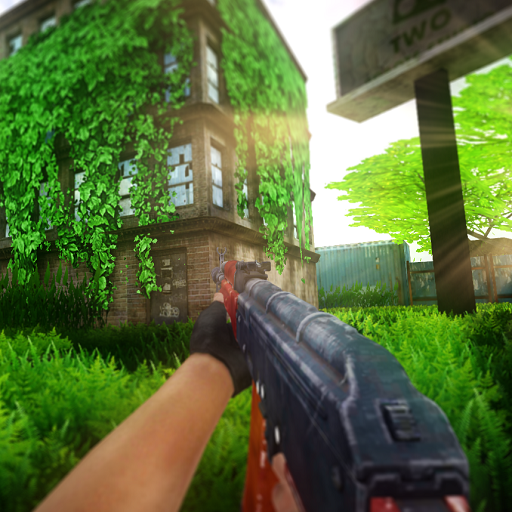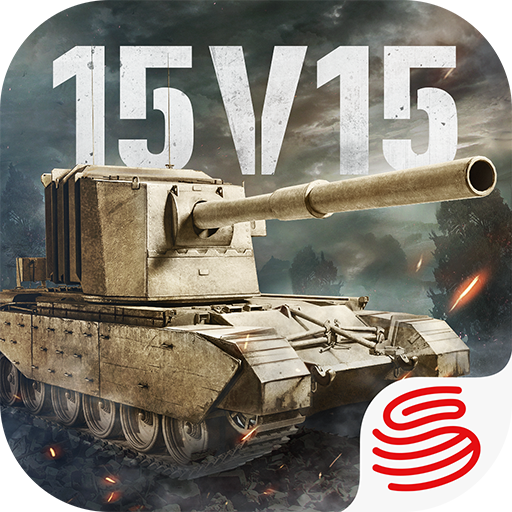In the current Hero League, the class that attracts many players' attention is the Mage, which stands out among numerous classes. As a core ranged damage dealer, it has powerful magic damage capabilities. However, in the recommended talent point distribution for Mages in the Hero League, it is still necessary to understand that for many new players who are just starting the game, how to reasonably allocate talent points remains a difficult problem. If you find this issue challenging, the following introduction will be what you need.
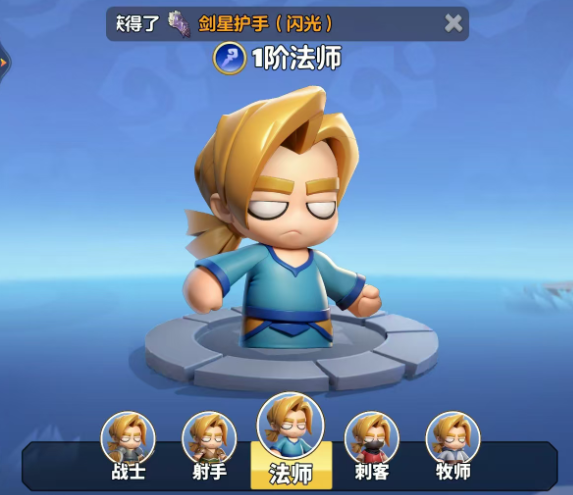
To understand the strategy of talent point allocation for Mages, one must first accurately grasp the class's role. In the game setting, the Mage is one of the two main ranged damage dealers, possessing an extremely high upper limit for magic damage. It can exert strong pressure on enemies from a distance and demonstrate the power of burst damage at critical moments, while also having some crowd control effects. However, the Mage also has obvious weaknesses, such as low health and weak defense, making it particularly vulnerable in combat. This characteristic determines that the Mage requires players to have very high operational skills and positional awareness.
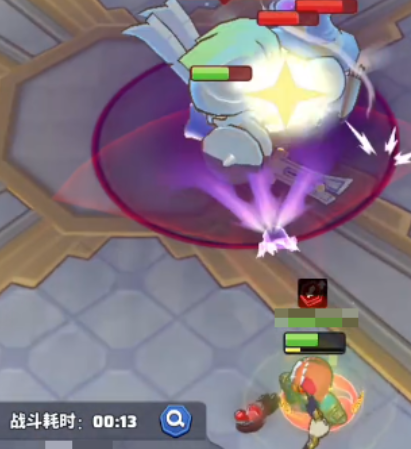
Therefore, when it comes to specific talent point allocation schemes, it is more advocated to focus on a pure damage output build, compensating for its lack of survivability through carefully selected equipment. In terms of skill selection, first, pay attention to Arcane Missiles, which is the core output skill for Mages in the early stages. Although its casting process takes some time, among various spells in the early game, it deals a high amount of damage. Therefore, it must be prioritized and fully upgraded. At the same time, basic skills like Ice and Fire Staff and Lightning Staff are also main abilities in combat. It is suggested that players prioritize unlocking the relevant talents in the first layer to unlock more powerful skills later on. Although these basic skills are not usually the primary means of dealing damage, they can provide necessary support and some additional damage in the early stages of the game, helping players smoothly progress through the initial phase.
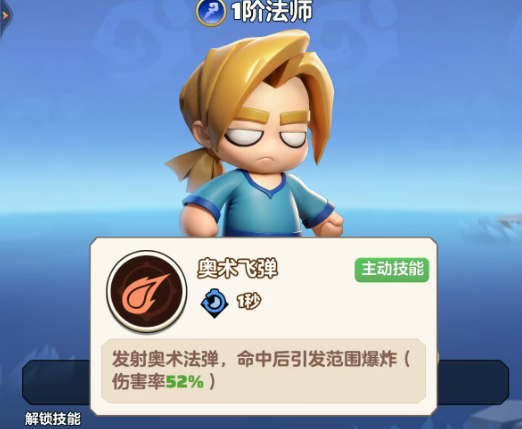
Besides Arcane Missiles, Shadowflame, Dense Blizzard, and Missile Storm are also powerful damage-dealing spells that cannot be ignored. Combining them with Fireball creates a complete and efficient damage skill chain. Whether facing a large number of regular monsters or powerful bosses, this skill combination can unleash high damage. During the talent point allocation process, core skills, which are the main source of the Mage's damage due to their high damage output and significant effects, should be prioritized and fully upgraded. This is key to enhancing the overall combat power of the Mage.

Adopting a full-damage skill configuration allows the Mage to maintain high damage output in battle. Tactical skills play a crucial auxiliary role in the Mage's combat. For example, Blizzard and Lightning not only deal considerable extra damage but also come with control effects. When allocating talent points, priority can be given to these tactical skills to enhance the Mage's adaptability and flexibility in different combat scenarios. As for ultimate skills, it is essential to unlock and fully upgrade them during the talent point allocation. Of course, each player's gaming style and preferences vary, and everyone can boldly try different skill builds to find the most suitable talent point allocation for themselves.
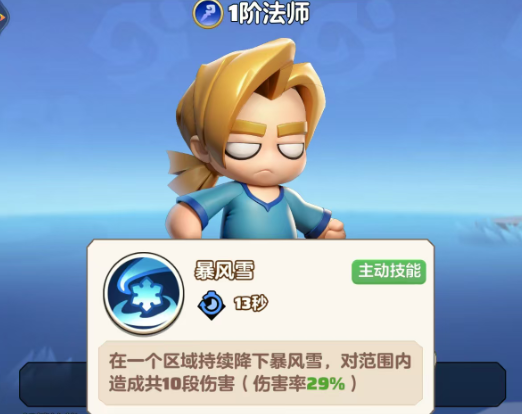
For example, when choosing the base defensive attributes of tactical skills, one can weigh whether to rely on resistance based on their battlefield needs. In terms of equipment selection, the attributes of the gear play a decisive role. Players should prioritize selecting equipment with the three core output attributes: attack, penetration, and critical hit. Since there are many types of dungeons and activities in the game, there is no one-size-fits-all equipment. Therefore, players need to flexibly adjust their equipment combinations according to different challenge contents.
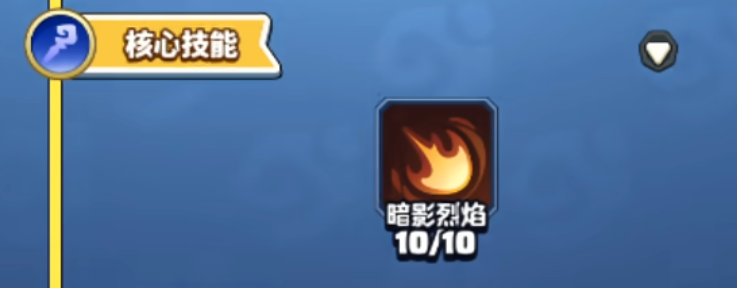
Moreover, when selecting equipment, it is also necessary to consider the overall situation in conjunction with the skill point allocation. Only then can the Mage's combat ability be truly enhanced. In terms of equipment pairing, at different stages of the game, players should make timely adjustments based on the skill combinations they have mastered and the current dungeon requirements. For example, the Black Iron Throne set, which mainly provides penetration attribute bonuses, is very suitable for use with an output-oriented skill set. The Black Rock Rock set, on the other hand, focuses more on critical hit bonuses, and when combined with frequently used skills, it can easily achieve a critical hit combo effect. When choosing equipment attributes, Mages should focus on key attributes such as attack, hit, penetration, and critical hit.
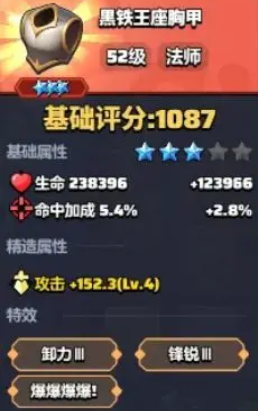
At the operational level, the positioning and output rhythm of the Mage directly affect their overall performance in combat. The ideal movement pattern is to maintain a 135-degree fan-shaped movement, fully utilizing the range advantage to create a relatively safe output environment. At the same time, adjust the output radius dynamically based on the attack range of enemy skills, and change positions in real-time to avoid unnecessary damage. In terms of the skill rotation, you can first rely on the auto-release function to maintain basic damage output, then manually cast core skills and pet skills. After the tank successfully draws the enemy's fire and stabilizes the target, concentrate firepower to deliver burst damage.
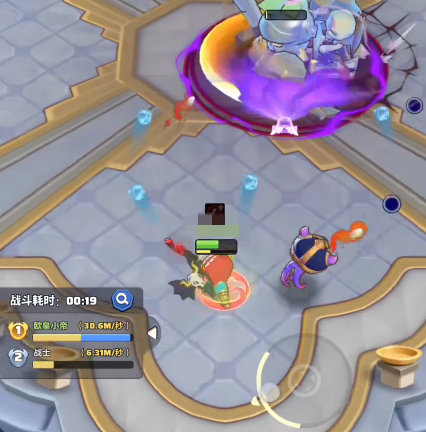
In actual combat, the Mage should prioritize targeting the enemy's healing units and ranged enemies, quickly weakening their support firepower. Also, always maintain a straight line position with the main tank, which helps to cover a larger area with skills and maximize damage. In case of emergencies, consider bringing a pet with control or damage absorption abilities into battle. When the tank is under too much pressure, these pets can share some of the damage, alleviating the team's pressure.
In the recommended talent point allocation for Mages in the Hero League, it can be seen that most of the class's skills are designed around output. As long as players can master the skill rotation order and pair it with the right equipment that matches their style, they can fully tap into the Mage's enormous potential.
